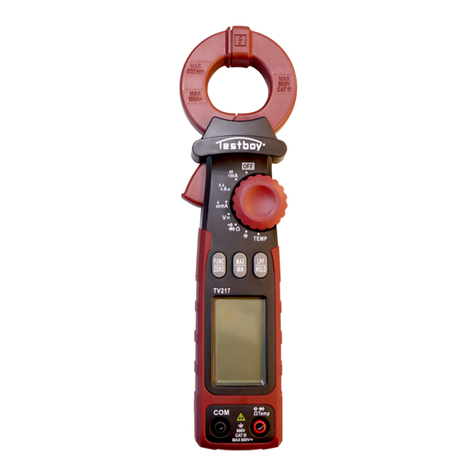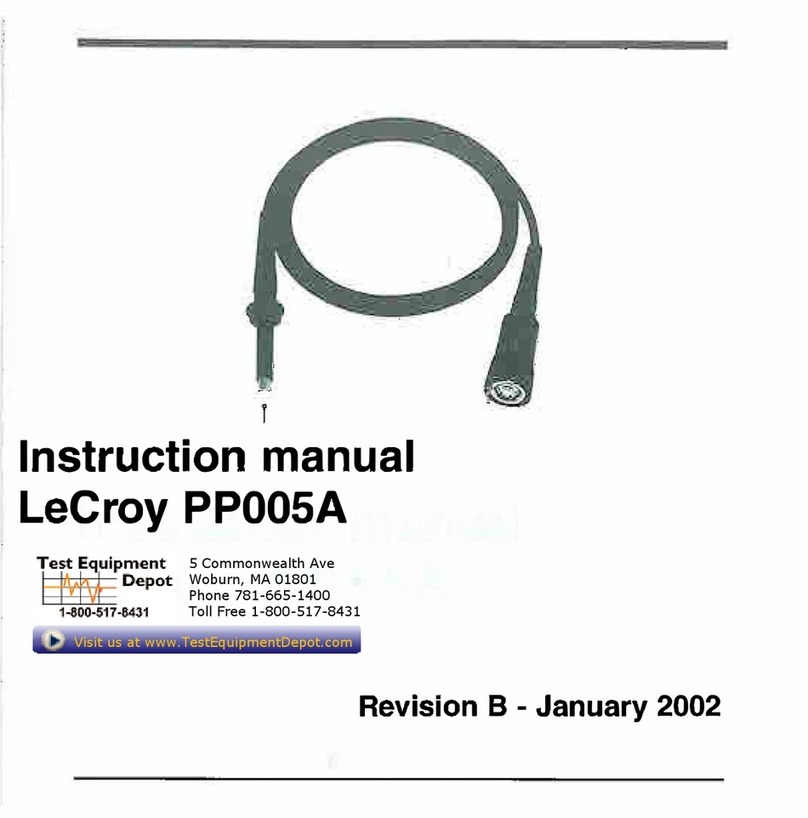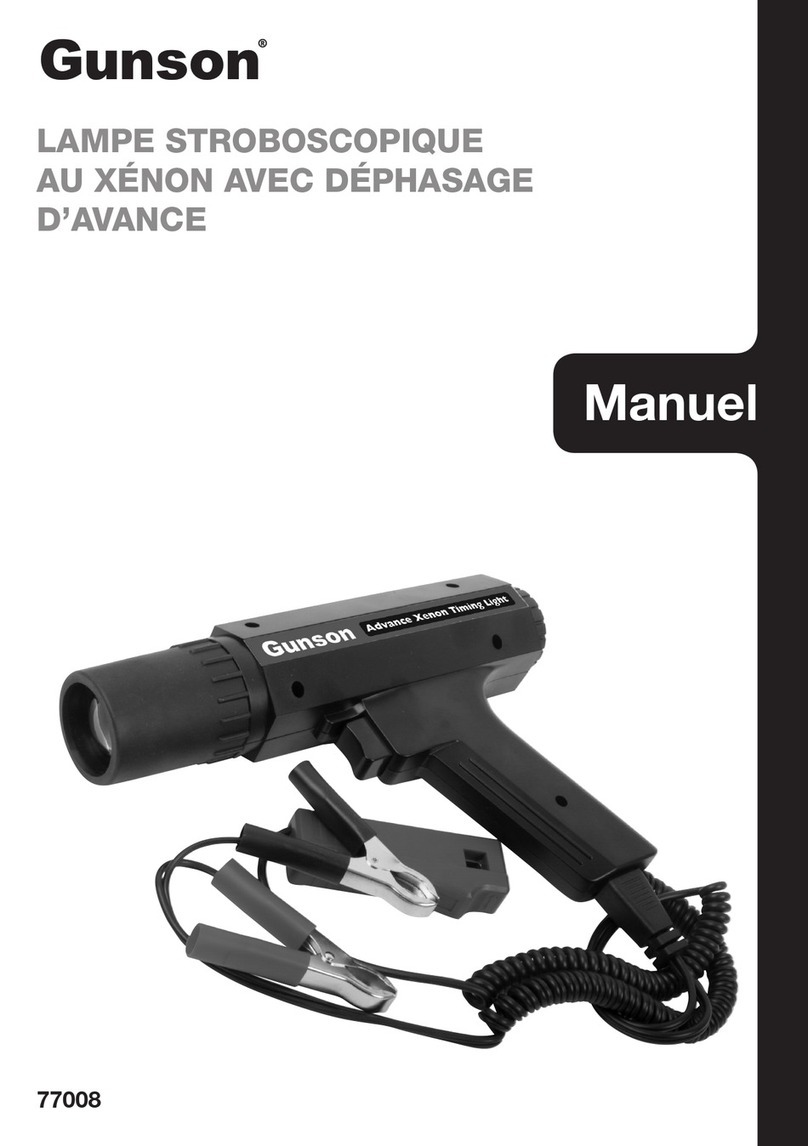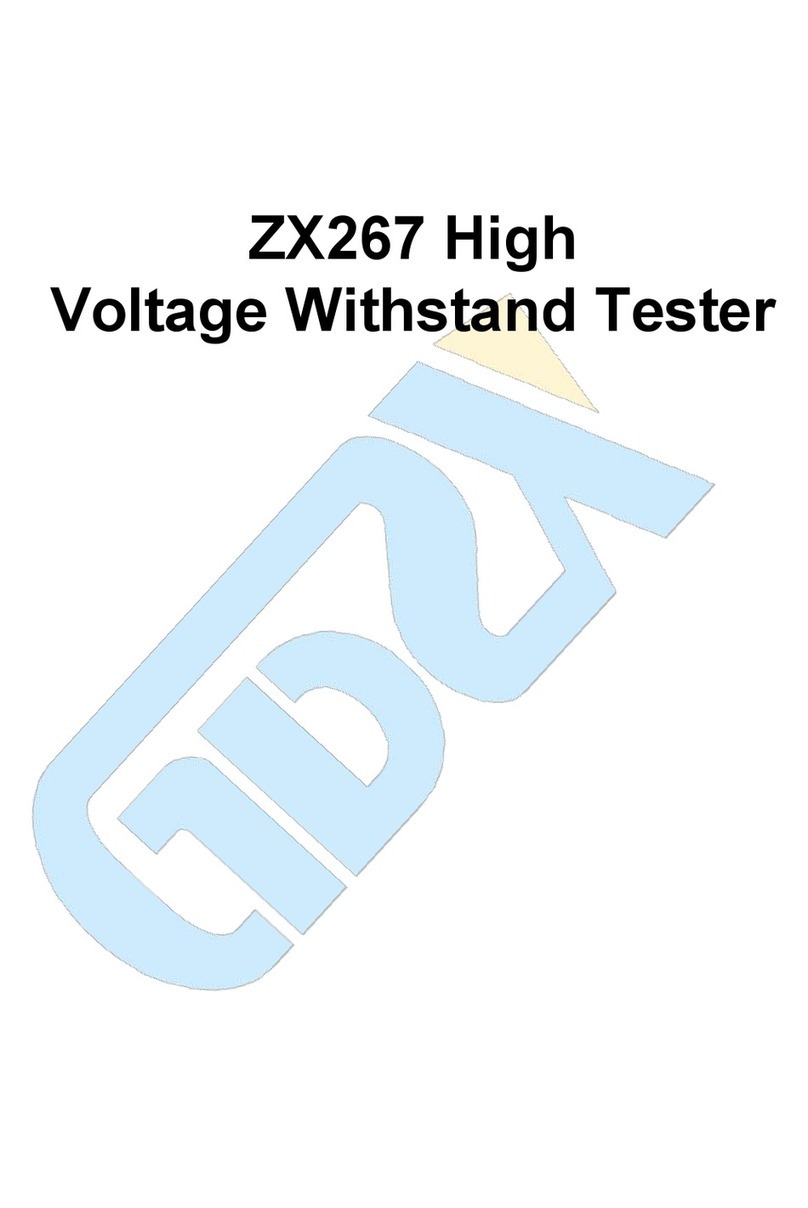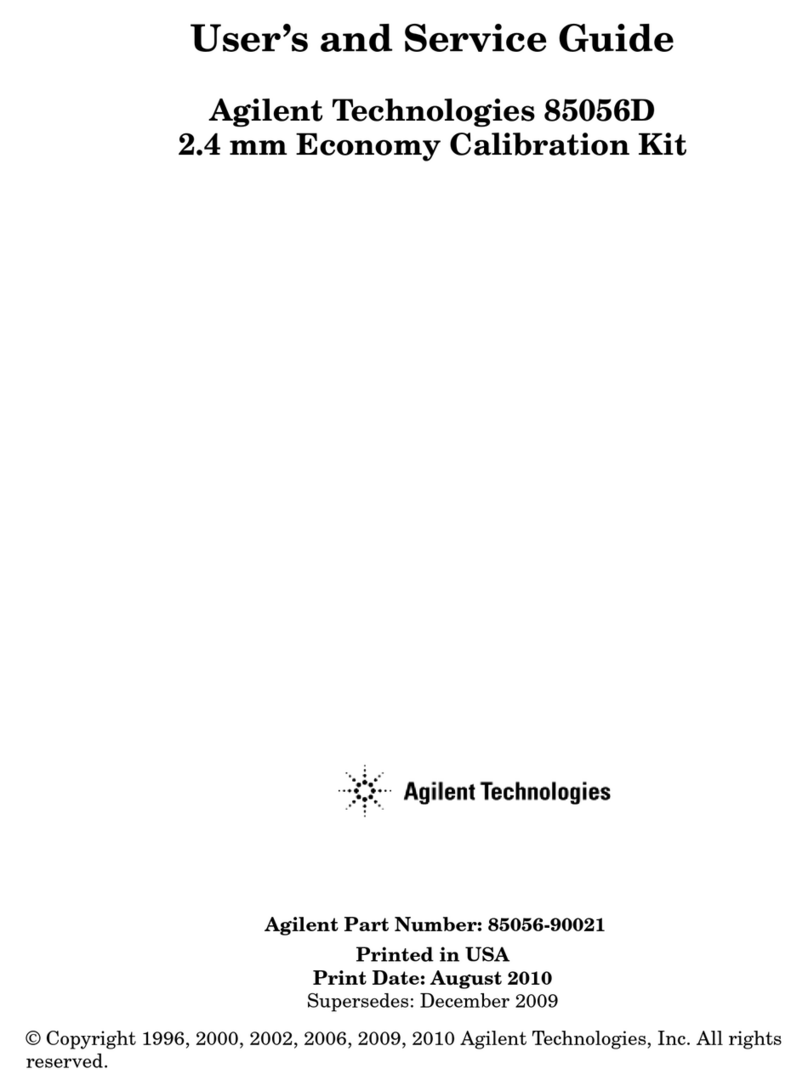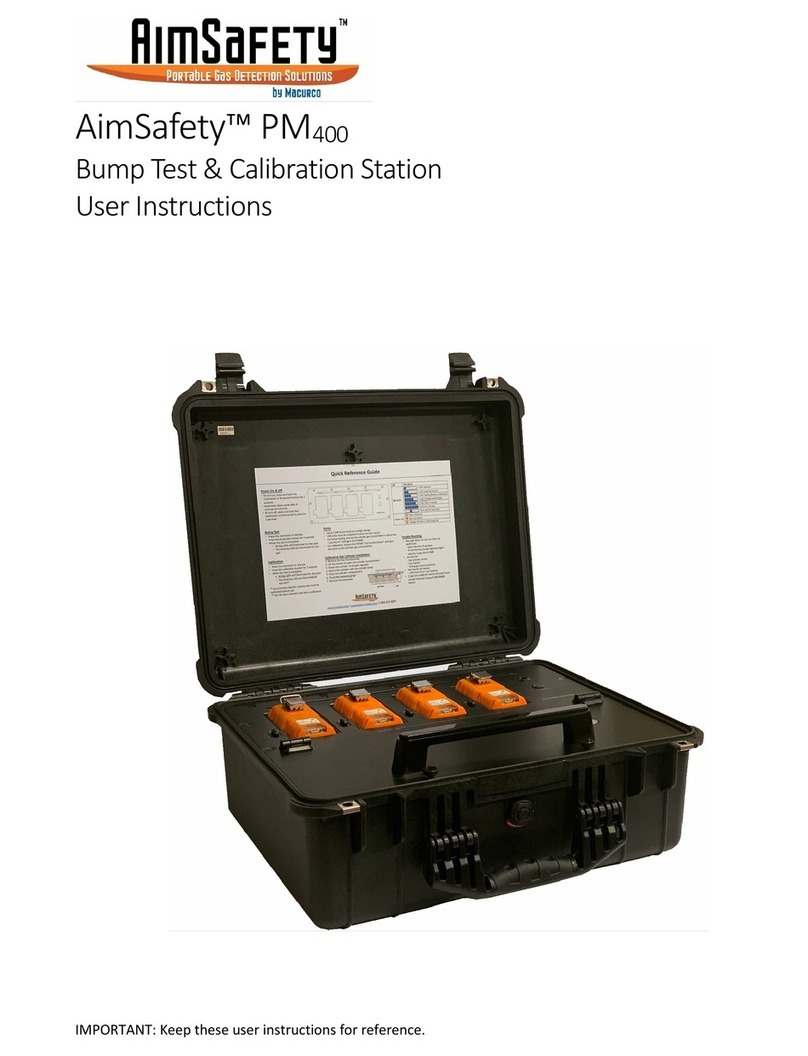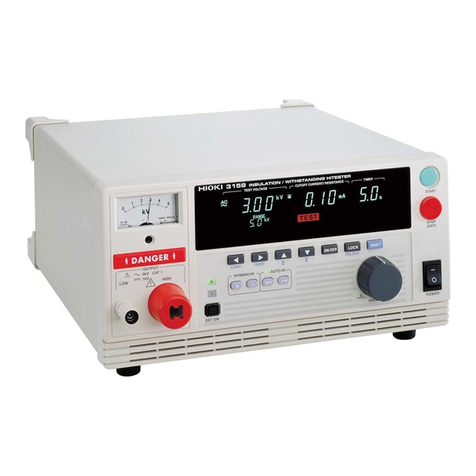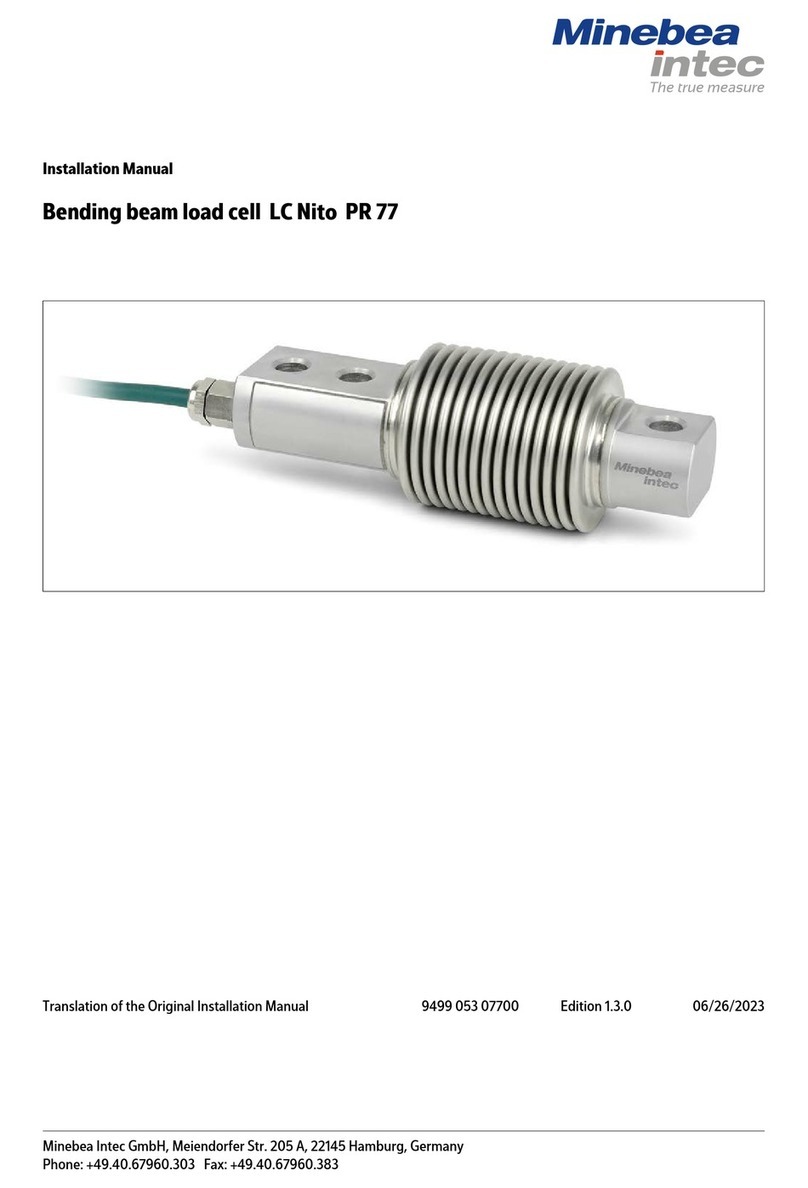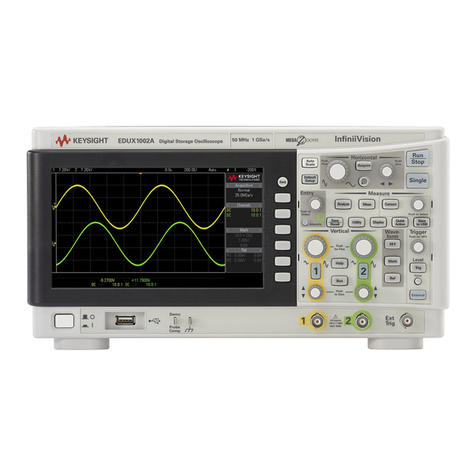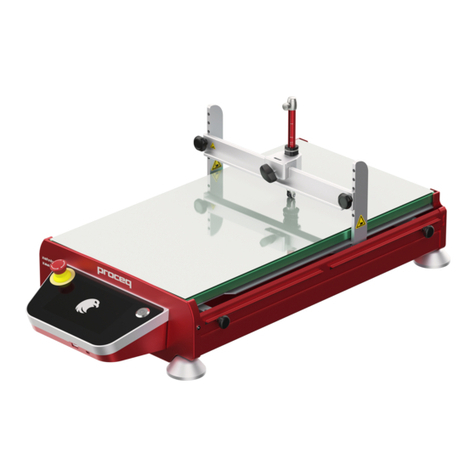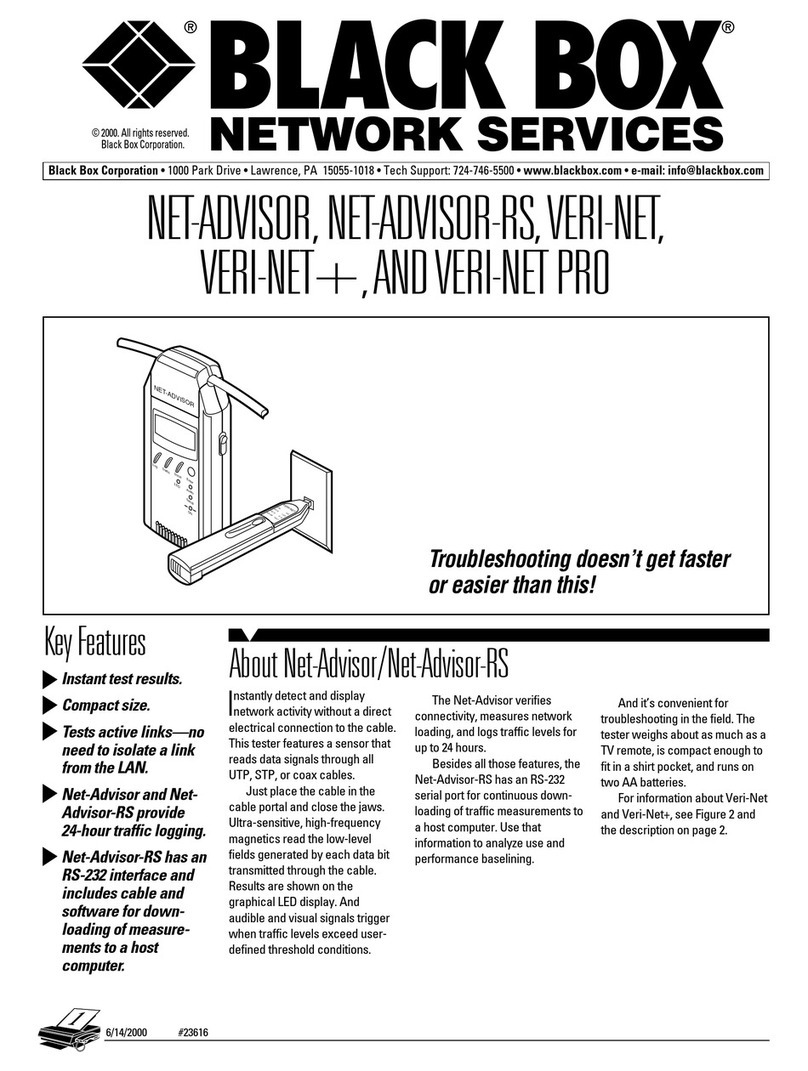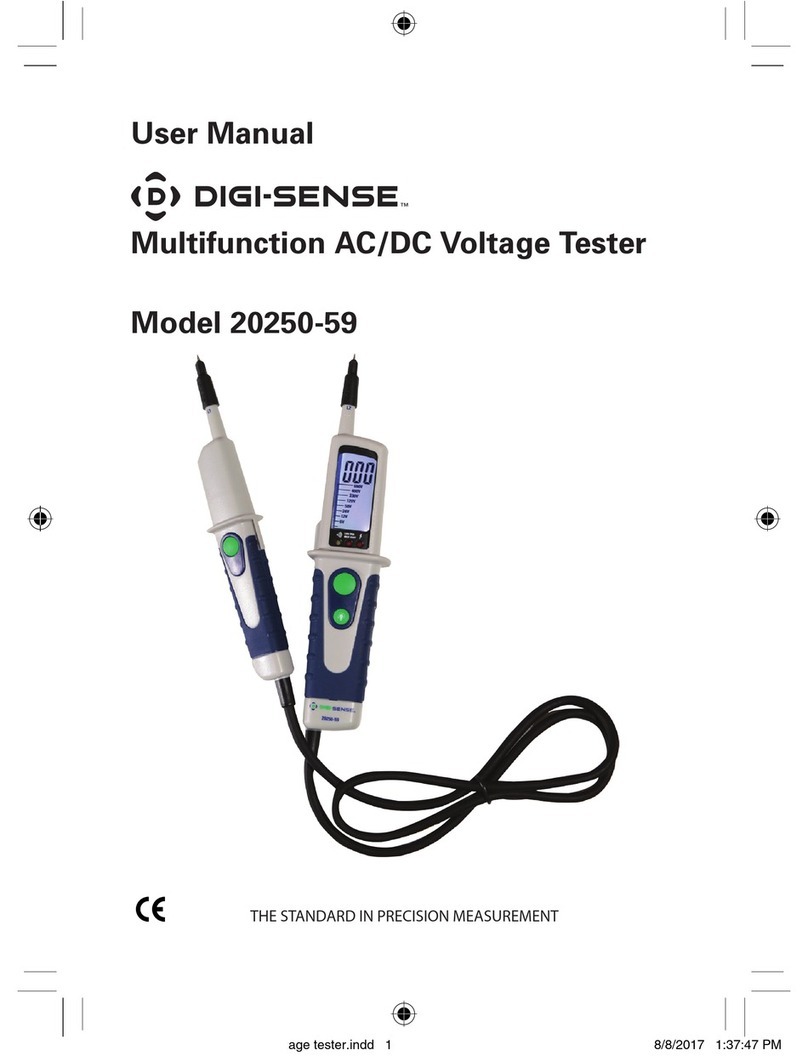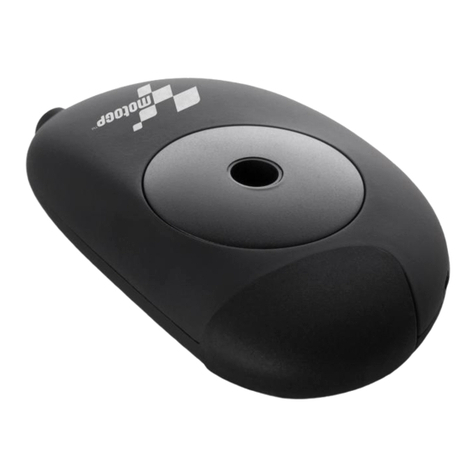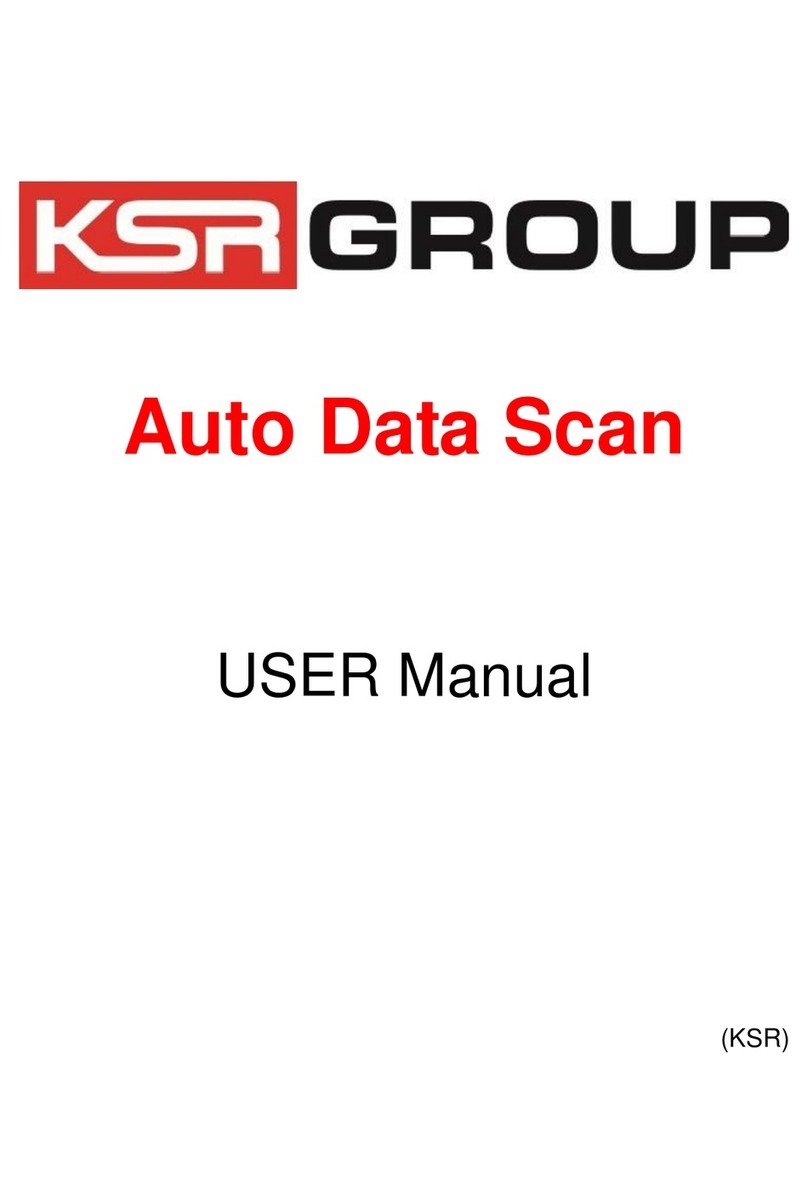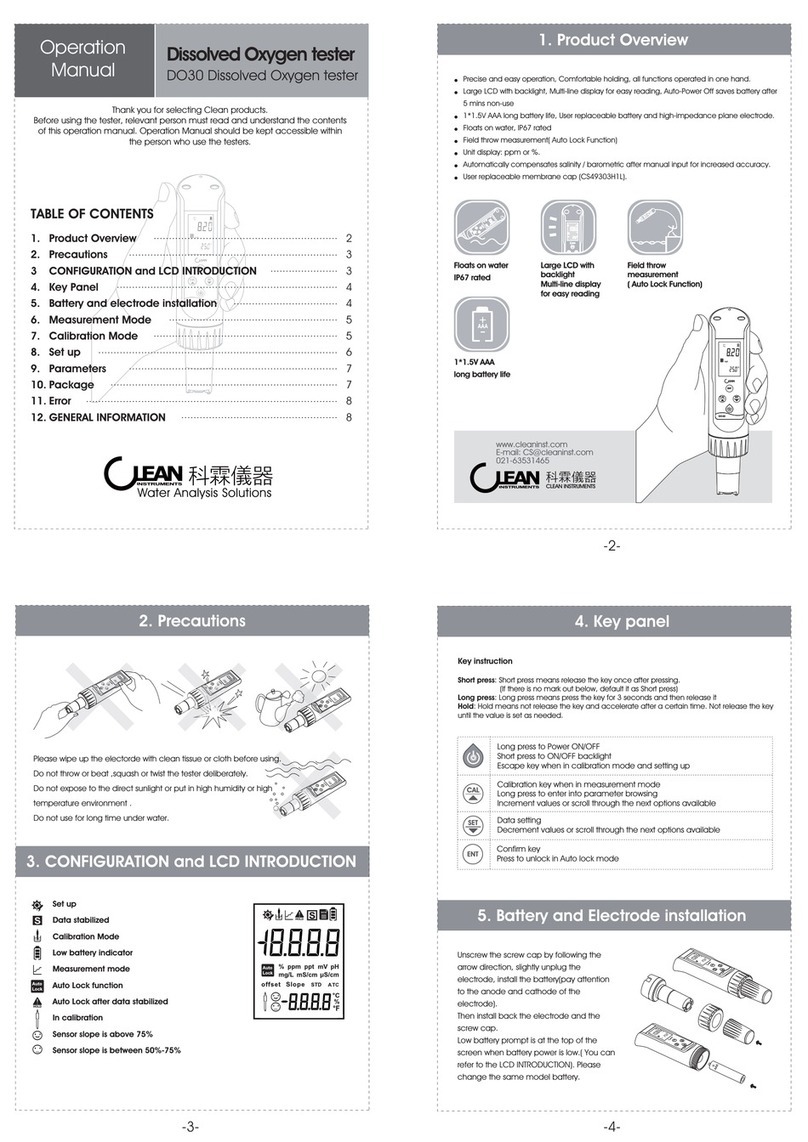Space Tech Easy Audio Tester User manual

www.space-tech-lab.com
User Manual
Model : Easy Audio Tester
EAT-100
DS based universal audiophile
equipment tester
(can perform tube matching)
Version 1.2

www.space-tech-lab.com
roduct description:
This is a private technical assistance with Digital Signal Processor (DSP). An integration of several powerful
automatic measuring instrument which cost $10K or over in one compact chassis ( T spectrum analyser,
Digital signal generator, Digital CRO, Harmonic Distortion Analyser, Gain tester and requency response
tester) , This automatic tester can help audiophile , DIYer and technicians to perform professional testing even
without technical know how. If you are an audiophile but without any in-depth technical knowledge, you have
no choice but need to ask for help from technicians or engineers when your system is down. With this new age
automatic tester on hands, you have no longer needed to pay for expensive diagnostic fees. You can easily
check out the health condition of every audio gears in your system, and also be able to easily sort out any
problematic or degraded unit. You can also check out whether an audio gear as good as it said before paying
for it.
This tester can power up by a DC-12V to 15V power supply( >or = 500mA). You can also power it up with a car
battery from cigarette lighter in the car. So it can be use to perform audio testing almost anywhere, especially
suitable for field test technicians and engineers.
If you are a experienced technician or engineer with great skill, you might thing this tester seem too simple.
Yes, you are right, this tester is exactly design for simple and easy to use, and try to make novice perform
testing professionally without the need to spend years in MIT.
This automatic tester can test but not limit to the following items:
1. hono stage (MC and MM)
2. re-amplifier
3. power amplifier
4. integrated amplifier
5. buffer amplifier
6. Cd player
7. DAC
8. music server
9. equalizer
10. active crossover
11. passive speaker crossover
12. active speaker system
13. passive speaker system
14. interconnects and power cables

www.space-tech-lab.com
15. matching of vacuum tubes
Basic operations:
There are 6 different modes of testing can perform on the above mentioned equipments.
Input, output and control keys layout for different version

www.space-tech-lab.com
Frequency Response Test
This is the most important parameter for all audiophile quality equipment. Typical human
ear can hear from 20H to 20Kh of frequency range, which means an audio equipment
with reasonable performance, should at least be able to regenerate this range of frequency
or even wider, with more or less the same level relative to each others (+/- 1db typical, +/-
3db max.)
This tester equipped with a high precision digital synthesis signal generator. It will
automatically sweep from 10H to 100Kh with equal output level as test signal, and by
connect this test signal to the “device under test” (DUT), by measure the output of the
DUT, we can found out the frequency response of the device. This is one of the key factor
to judge the health condition of an audio gear.
Here is the test procedure:
1. Connect DUT according to “Appendix A”
2. Select “FREQ RESP” by press the 'FUNCTION' key until it high-lighted. Then
press 'SELECT' to proceed to the following screen
3. Set the tester signal output to maximum level (this is very important for
response test, fail to do so will lead to early roll-off of high frequency).
4. Turn on the DUT and wait for it to be ready.
5. Set the output level of the DUT to around 800-1000mV.
6. press 'SELECT' to proceed the automatic testing process.

www.space-tech-lab.com
You will be able to observe a frequency response curve as follow, and the tester will tell
you the highest -3db point frequency of the DUT. If the highest -3db point is higher than
100Kh , then it will simply shows “-3db > 100Kh ”.

www.space-tech-lab.com
Gain Test
This is another most important test for all audiophile quality equipment. It can test
whether the DUT has equal gain for L and R channel, or to match the gain of vacuum tubes
(use the same channel for test base, and replace with different tubes then record the reading
of their gains, provided that the device for tube testing is non-feedback design in order to
show the real gain of the tubes). We have designed add-on tube test module to work with
this tester as optional.
Here is the test procedure:
1. Connect DUT according to “Appendix A”
2. Select “GAIN TEST” by press the 'FUNCTION' key until it high-lighted. Then press
'SELECT' to proceed to the following screen
3. Press 'SELECT' again to proceed test signal calibration, set output level to around
100mV-150mV
4. Set the DUT to max. volume / gain . Press 'SELECT' to proceed and view the test result.
5. If the DUT is a stereo unit, then remove the channel just been tested and connect to
other channel, the gain reading of the other channel will show right away.

www.space-tech-lab.com
THD (Total harmonic distortion) Test
This is an important test parameter to show whether the DUT is in healthy condition or
something wrong with it. The tester will output a very low distortion 1Kh sine wave as
reference signal, then by measure the output signal from the DUT, the tester can calculate
the harmonic distortion generated and display in %, and show the harmonics distortion
pattern at the same time. If the distortion is in even harmonics (2nd, 4th, 6th, 8th and 10th ) then
the output signal of the DUT might be even better than the original input signals, because
even harmonics is just like the resonance of the musical instrument, the more the richer
sound it can be. If the distortion is in odd harmonics (3rd, 5th, 7th, 9th and 11th ), just a tiny bit
of it will make the sound very unpleasant and irritating.
Here is the test procedure:
1. Connect DUT according to “Appendix A”, then turn on the DUT
2. Select “THD” by press the 'FUNCTION' key until it high-lighted. Then press 'SELECT'
to proceed to the following screen
3. Press 'SELECT' again to proceed test signal calibration, set output level to around
500mV-600mV

www.space-tech-lab.com
4. Press 'SELECT' to proceed and view the test result. The following is an example of
heavily distorted output from DUT with lots of odd harmonics.
Below is a perfect non-distorted output from DUT

www.space-tech-lab.com
SIG GEN (Signal Generator)
This mode can set the output signal of the tester to either “sine”, “triangle” or “square”
waves, with frequency range from 10H to 100Kh of your choice.
This signal will output to both the XLR and RCA output of this tester, and can be fully
controlled by the output level control knob on the right hand side. You can then use the
CRO mode to check the wave output from the DUT feed by this signal.
Here is the test procedure:
1. Connect DUT according to “Appendix A”, then turn on the DUT
2. Select “SIG GEN” by press the 'FUNCTION' key until it high-lighted. Then press
'SELECT' to proceed to the following screen
3. you can press “SELECT” on high-lighted option to change the setting, and press
“FUNCTION” to go to next option.
4. when 'Quit' is high-lighted, press “SELECT” will back to main manual.

www.space-tech-lab.com
CRO (Digital oscilloscope)
This mode can monitor the input signal as a digital oscilloscope, you can connect the
output signal from this tester to the input of the DUT, and use this mode to check the output
signal from it.
When the signal from DUT is connected to the 'speaker level' input, the CRO can
automatic calculate the measured value of the signal and display in “Watt”. With this
feature, one can tell the max. output power of an amplifier easily.
During the monitoring process, press “FUNCTION” key can change the sampling timing
of the display.

www.space-tech-lab.com
FFT (Fast Fourier Transformer – Spectrum analyser)
This mode is a very powerful test mode for real time display of a spectrum of frequency
from 10H to 28Kh . With the “white noise” CD / file come with this tester, you can test
the real time frequency response of a CD player, DAC and music server. Just play the
'white noise' CD / file thru the DUT, then set the tester to FFT mode, you can check if there
is any problem in frequency response of the DUT.
Here is the test procedure:
1. Connect DUT according to “Appendix A”, then turn on the DUT, put in the CD or play
the file.
2. Select “FFT” by press the 'FUNCTION' key until it high-lighted. Then press
'SELECT' to proceed to the following screen
3. Connect from DUT to the input (line level or speaker level) , then press 'SELECT' once
more to proceed the testing
Press “FUNCTION” during testing can change the vertical scale between 5db / 10db

www.space-tech-lab.com
Press “SELECT” during testing will quit back to main manual.

www.space-tech-lab.com
Appendix A :
Connect different device for testing
For pre-amp, phono amp, buffer amp, equali er, connect as follow, and set input selector
of the tester to 'line level':
For power amp or integrated amp connect as follow, set input selector of the tester to
'speaker level' :

www.space-tech-lab.com
For active speaker or passive speaker system connect as follow, an optional mic pre-amp is
needed, and set input selector of the tester to 'line level' :
For tube testing with optional Tube-test add-on module

www.space-tech-lab.com
Disclaimer:
In no event shall our company be liable for any direct, indirect, punitive, incidental,
special consequential damages, to property or life, whatsoever arising out of or
connected with the use or misuse of our products
Warranty : One year free parts and labor warranty apply under normal operation
condition , physical damage or normal wear out will not covered.
This manual suits for next models
1
Table of contents
